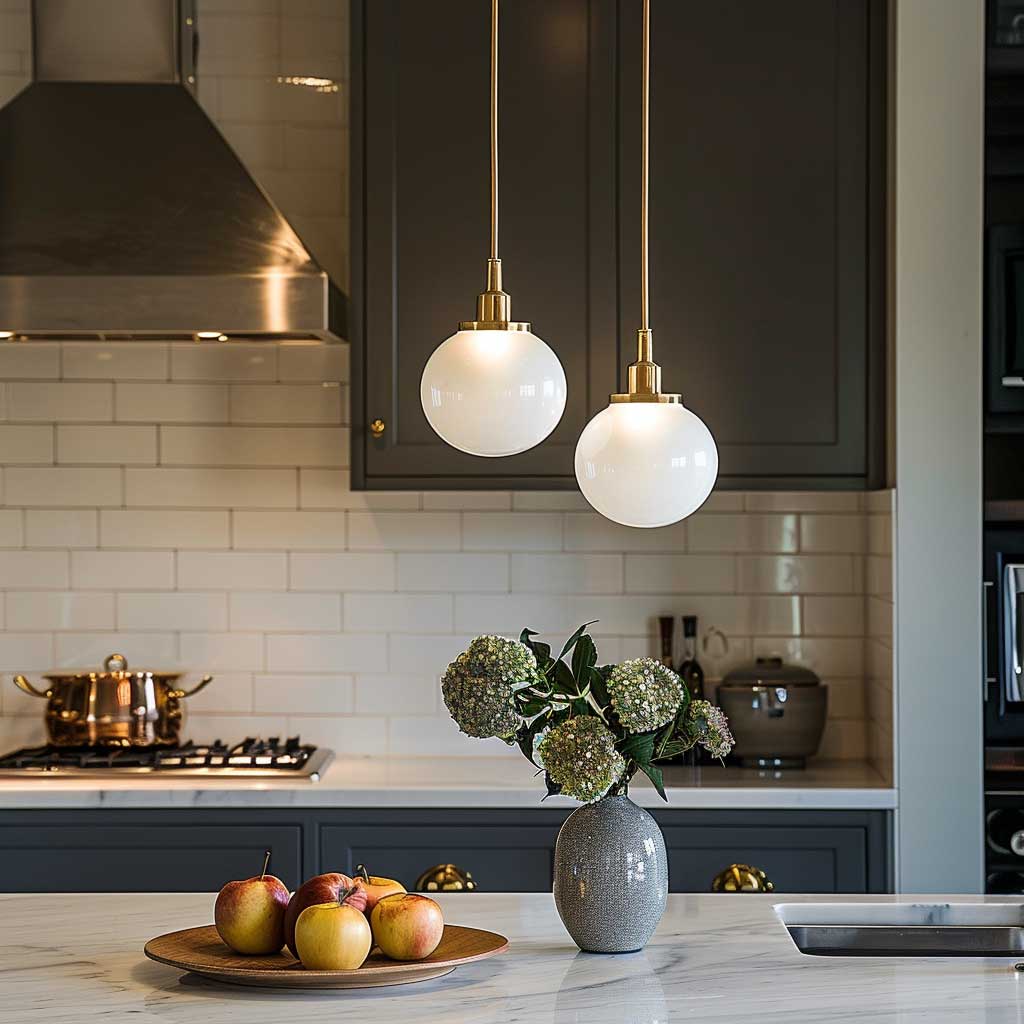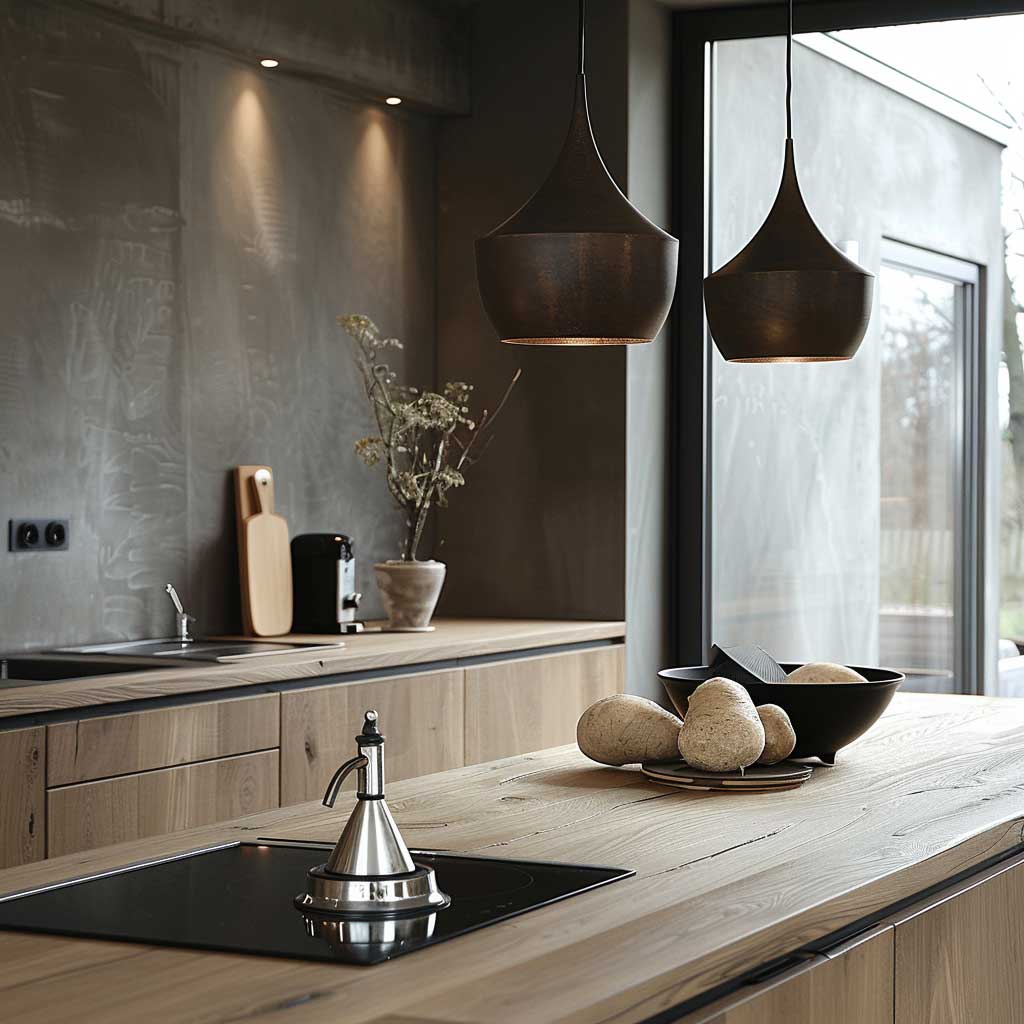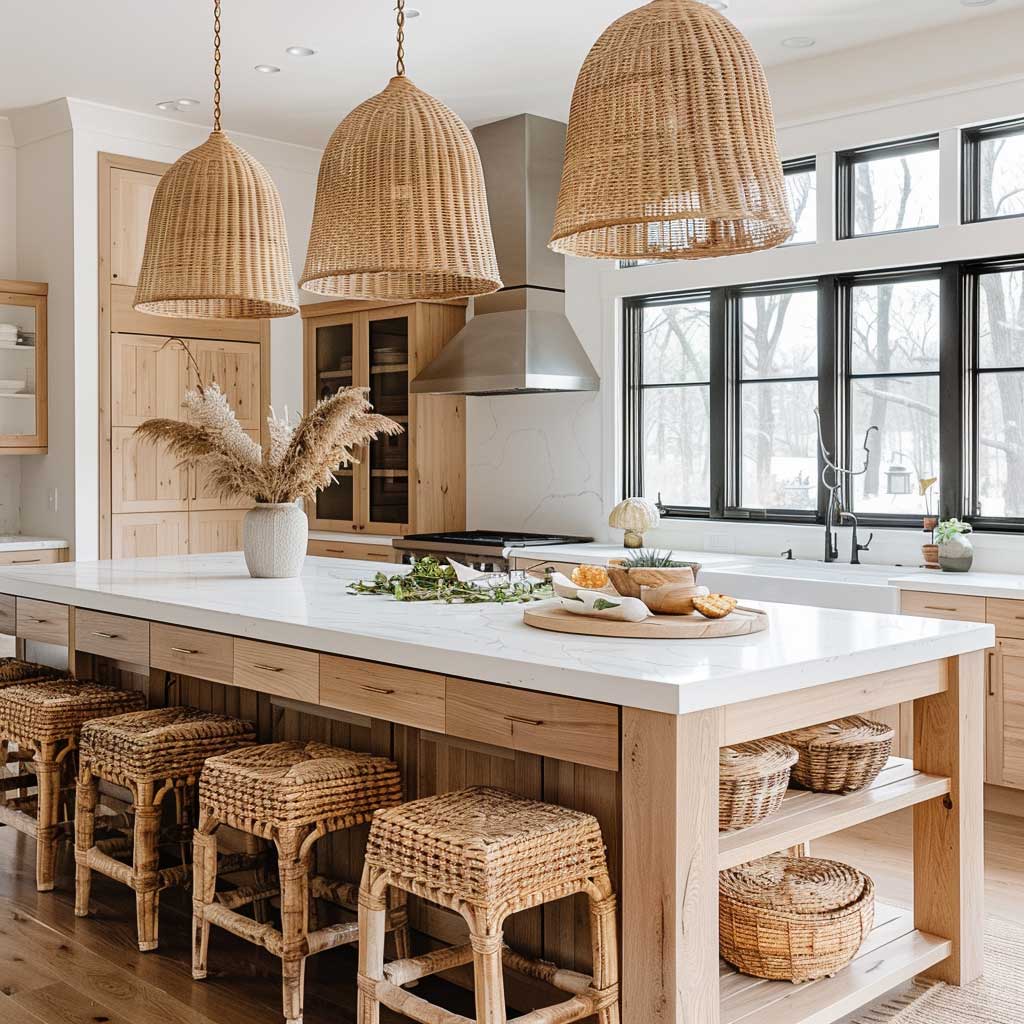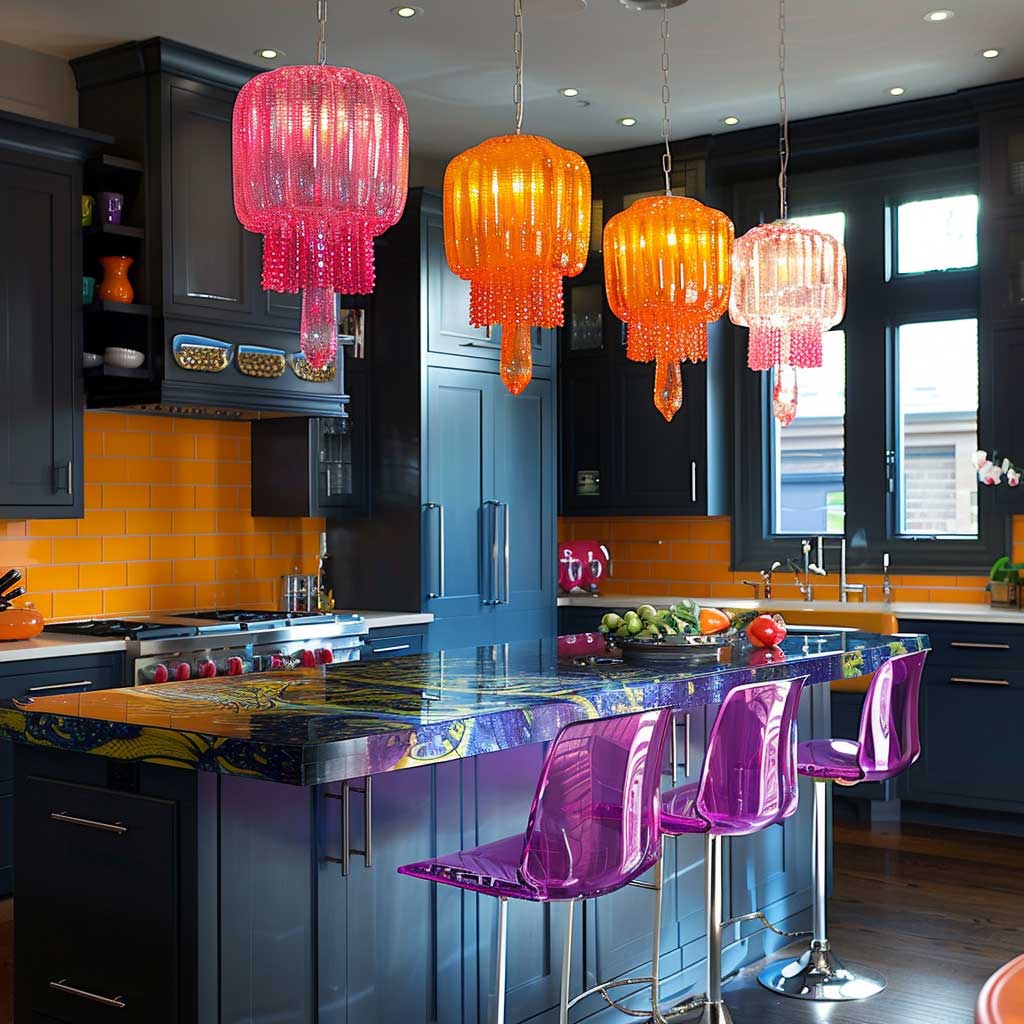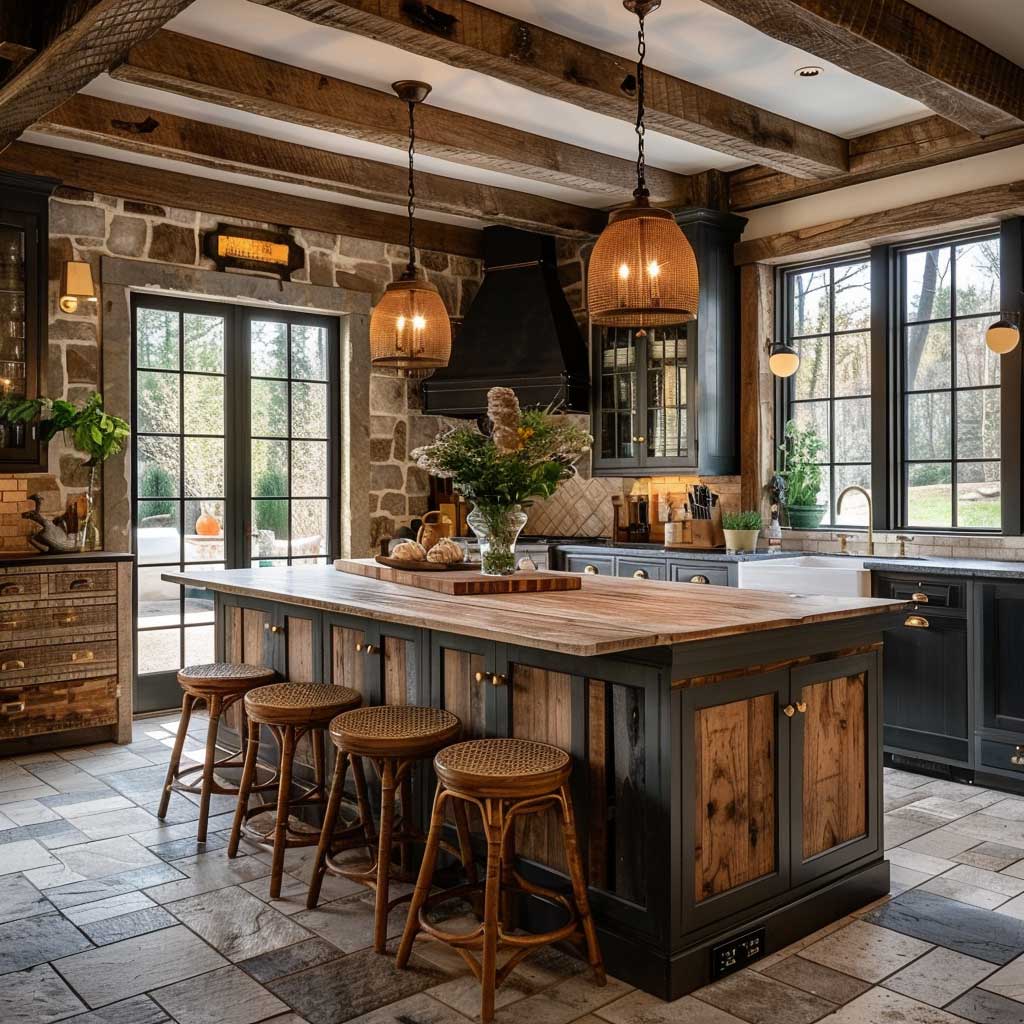In the past, adjusting blinds and shades was a daily chore. People had to manually open and close them throughout the day. This was time-consuming and often forgotten. Today, things have changed. Smart lighting and automated window coverings work together to control your home’s atmosphere. You can now manage your home’s lighting and shading with just a touch.
Combining smart lights with automated shades has many good points. You can set up special light settings for different tasks. It helps keep your home safe by making it look like someone’s home. It also saves energy. Think about waking up as your room slowly brightens with one button press.
To get started, you’ll need to follow some essential steps and consider important factors. If you’re new to this technology, let’s discuss how you can transform your living space into a smart, responsive environment.

Understand The Power of Integration
Lighting and shade integration is more than just easy to use. It makes your home feel better and change with you all day long. When your smart lights work together with your automatic blinds and shades, you get the best light in your rooms. This also helps keep your home private and lowers your energy bills.
Benefits of Combining Smart Lighting and Shades
Smart lights and shades can do great things when they work together. some of the fantastic attributes that happen when you use them in your home.
- Energy Savings: When lights and shades work together, you use more sunlight and less electric light. This helps you use less energy.
- Better Comfort: The system changes on its own to keep the light just right all day. This stops bright glare and makes your home feel nicer.
- Safer Home: When you’re away, the system can make it look like someone’s home. This helps keep burglars away.
- Easy to Use: You can control your lights and shades with one app or by talking. This makes your daily tasks simpler.
Essential Steps for Integration
To begin integrating your smart lighting with your automated blinds and shades, you’ll need to ensure compatibility between your devices. Many popular smart home ecosystems, such as Apple HomeKit, Google Home, and Amazon Alexa, support both lighting and shade control.
- Choose Compatible Devices: Select smart lights and motorized shades that work with your preferred smart home platform.
- Set Up Your Hub: If required, install a central hub that can communicate with both your lights and shades.
- Connect Devices: Follow the manufacturer’s instructions to connect your lights and shades to your smart home network.
- Create Scenes and Routines: Use your smart home app to set up customized scenes that control both lighting and shading simultaneously.
Creating Different Smart Scenes
Once your devices are connected, you can create scenes that optimize your home’s look for different activities or times of day. Here are some ideas:
Morning Wake-Up
Set your shades to slowly open while your smart lights copy a sunrise. This wakes you up softly with daylight.
Work From Home
Your blinds move to let in plenty of sunlight without making your computer screen too bright. At the same time, your work lights change to match the time of day.
Movie Night
With a single command, dim the lights and lower the shades for the perfect cinematic experience at home.
Bedtime Routine
When night comes closer, the blinds slowly go down. The lights get softer and warmer, helping you feel sleepy and ready for bed.
How Integrating Smart System Maximizing Energy Efficiency
Putting smart lights and automatic shades together can help you save a lot of energy. This is one of the best things about using them. Some of the ways to get the most out of this:
- Use Natural Light: Your system can change the electric lights based on how much sunlight comes in.
- Change with Seasons: Make different plans for summer and winter to save on heating and cooling.
- Occupancy-Based Control: Sensors can tell when no one’s in a room. Then, lights turn off and shades move to save energy.
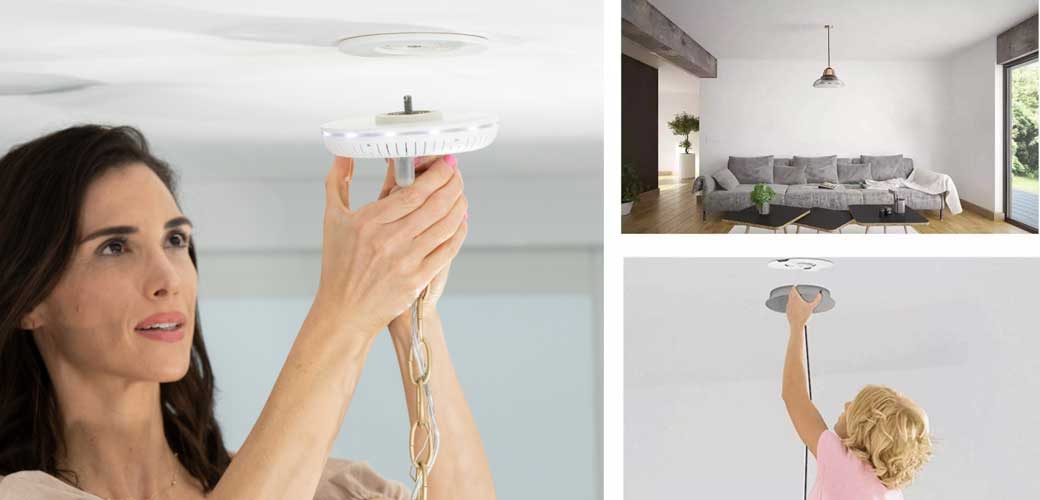
Role of Integrated smart lighting in Enhancing Home Security
Integrated smart lighting and shading can play a crucial role in home security:
- Away Mode: When you’re away, lights turn on and off and shades move to make it look like you’re home.
- Motion-Activated Responses: Outside lights turn on and inside shades close if something moves near your house.
- Timed Events: Schedule lights to turn on and shades to open or close at specific times, making it appear as though someone is home.
Accessibility and Convenience
Smart home tools can really help people who have trouble moving around. Elderly-friendly lighting automation with smart shades makes life better for older folks or those who can’t move easily. They can control lights and shades by talking or using a phone app. This means they don’t need to use hard-to-reach switches or cords, making it easier to manage light and privacy all day long.
Conclusion
Putting smart lights and smart blinds together isn’t just fancy—it’s useful. It makes your home better, saves power, and makes your day easier. When you set it up just right, your home becomes smarter, cozier, and works better. If you want to make your home more modern, save on energy bills, or just have an easier day, smart lights and window covers working together can do a lot for you. There are so many ways they can help make your home life better.

